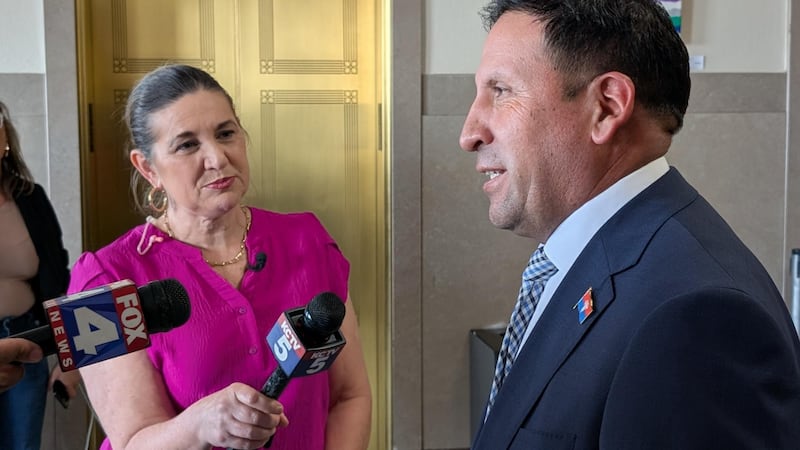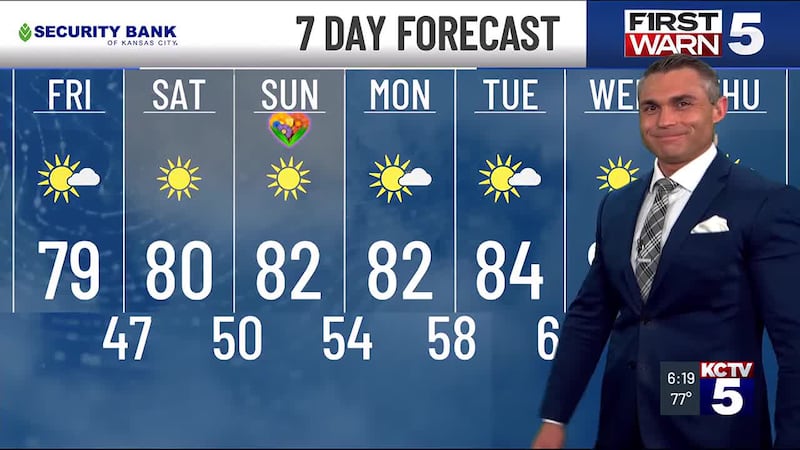Family’s story of rare liver disease highlights ‘significant’ need for pediatric organ donations
WARRENSBURG, Mo. (KCTV) - Many families with toddlers know it well - the so-called terrible twos. But for the Sullivan family, witnessing their son Xander thrive as a toddler is nothing but a gift.
Xander’s Story
“We call him a Sour Patch kid because he just– he will be wild, crazy. But then he is the sweetest, loving boy,” mother Trisha Sullivan said.
Xander has celebrated his two-year anniversary of receiving a life-saving liver transplant at 5 months old.
“So, when he was born, everything was fine. He’s a nine-and-a-half-pound fat boy,” Sullivan recounted. “After a week or two, he started turning jaundice yellow, which my oldest was also jaundice, so we didn’t think much of it.”
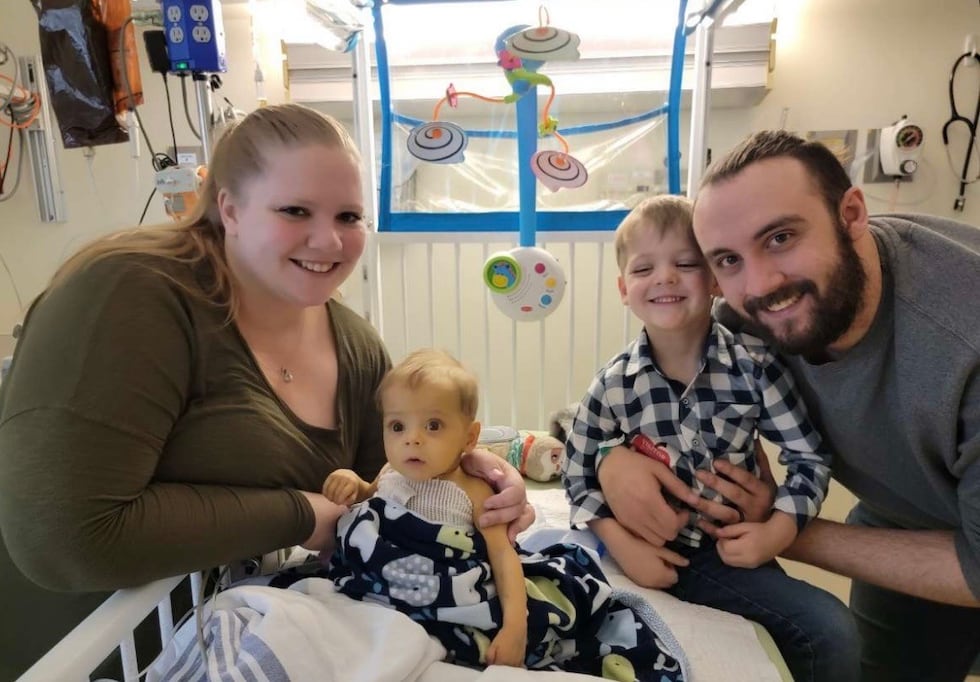
Check-ups at the doctor’s also suggested Xander’s jaundice was not of major concern. But as time wore on, Sullivan suspected something was wrong. Then she came across a post on Facebook.
“I saw this, like, poop color chart for how baby poop should look. We hadn’t talked about stool color at the doctor though. That would have been a huge red flag,” Sullivan said.
Sullivan followed her gut and sought out a second medical opinion.
“He was misdiagnosed for three months when in the end, he had a rare liver disease that we didn’t know about,” she said.
Doctors diagnosed Xander with Biliary Atresia, a rare pediatric liver disease.
What happens is ducts tasked with removing bile from the liver to the small intestine are blocked, damaging the liver in the process. It’s typically diagnosed quickly in newborns with symptoms including jaundice, pale stool and a swollen belly.
Xander needed a liver transplant, and fast. He joined the more than 100,000 people on the waitlist for an organ transplant in the United States. After two and a half months, Sullivan received “the call,” letting the family know Xander had a potential organ match.
“I was like, ‘Hey, what’s up?’ And he goes, ‘Guess what?’ And I just was like, ‘No, are you serious?’ He went in about 25, 26 hours later, and then it was transplant time,” Sullivan said.
Post-op life
After undergoing a transplant at Children’s Mercy Hospital, Xander started to blossom.
“Even within a couple days of transplant, we saw a new smile,” Sullivan said. “The yellowness started going away, and he laughed the first time. He laughed for the first time leaving the PICU.”
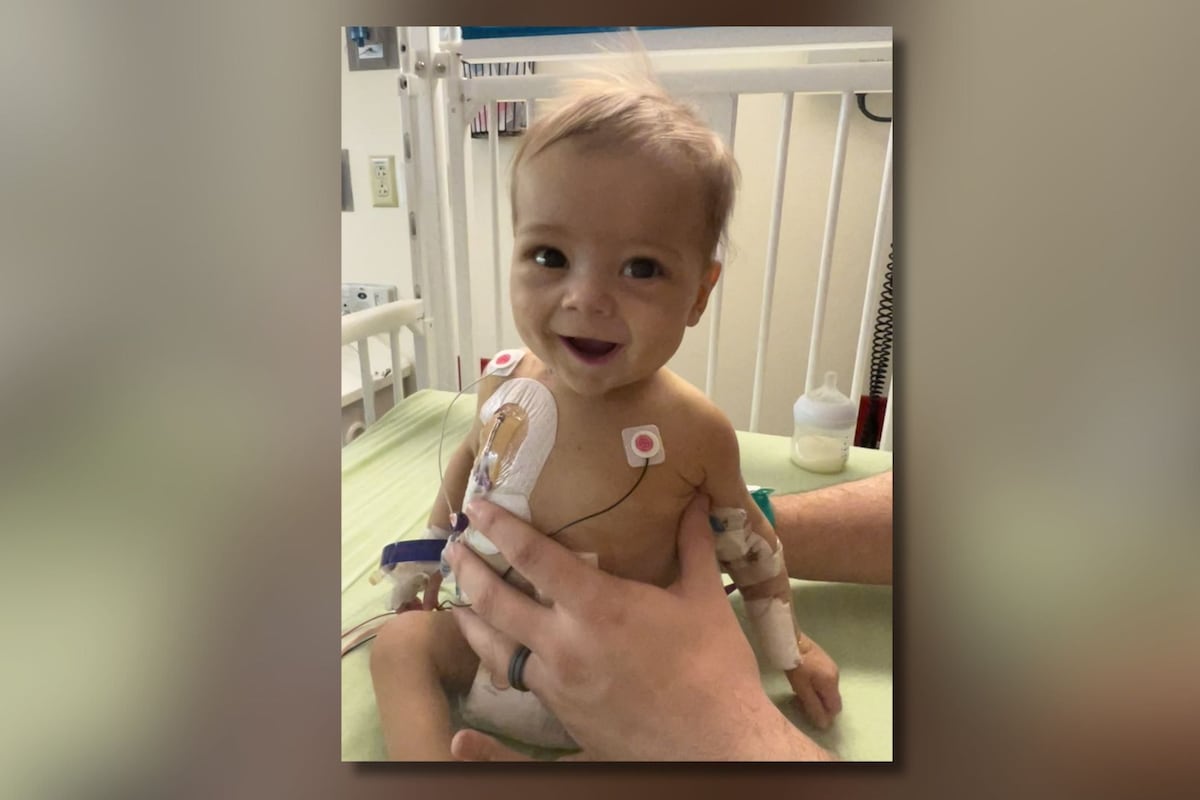
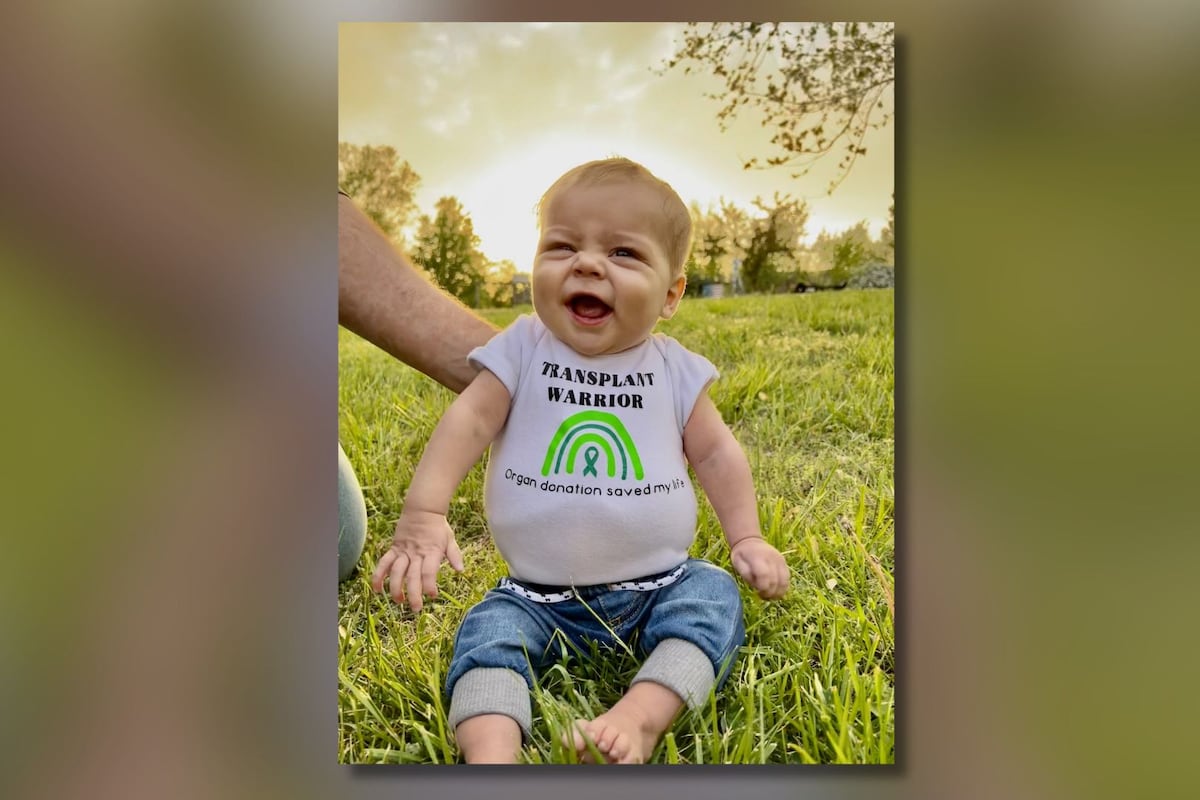
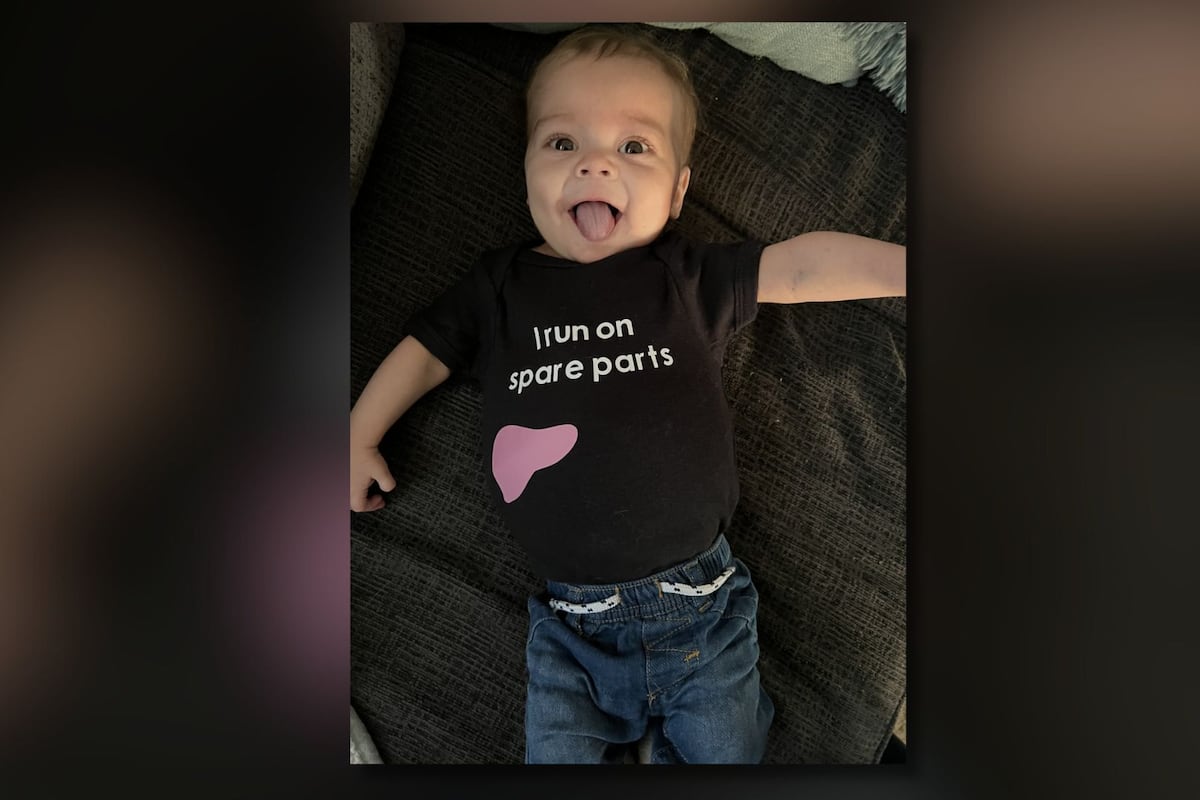
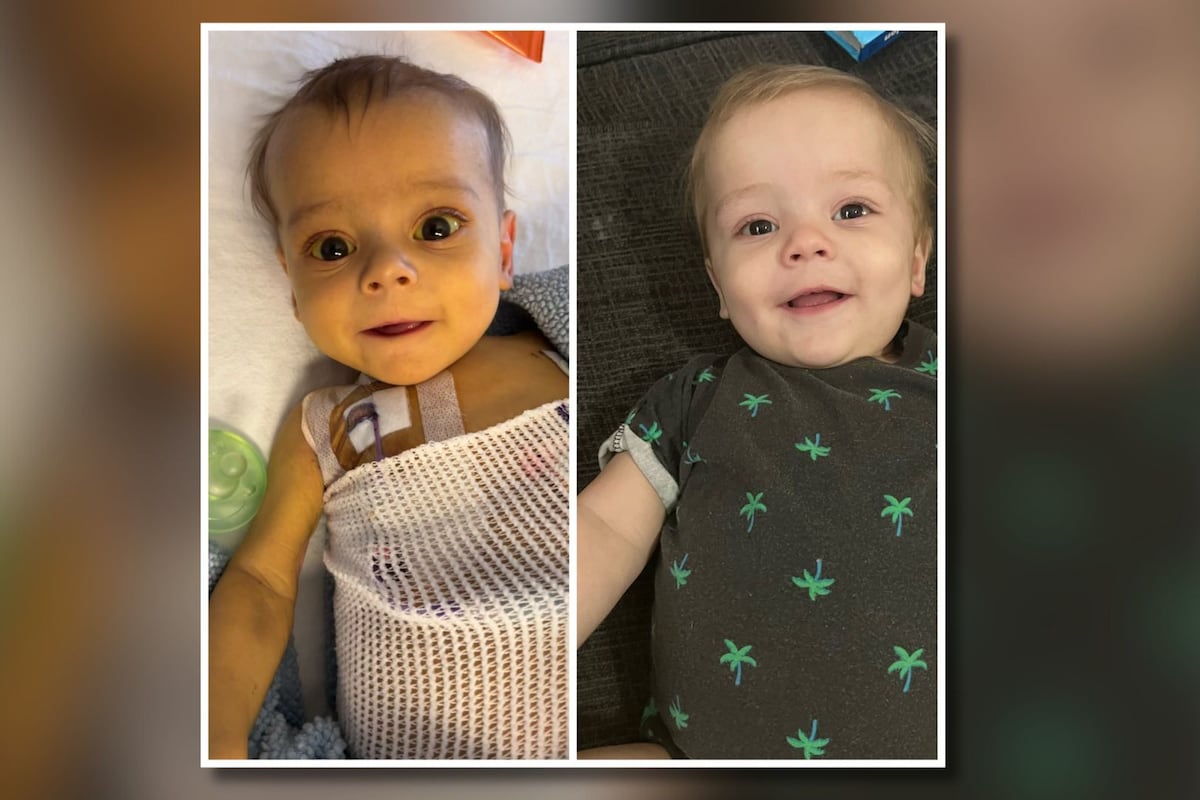
Dr. Ryan Fischer is the chief of hepatology and transplant medicine at Children’s Mercy Hospital. He cared for Xander through his entire transplant journey.
“It is a success story. And at the same time, it’s what we expect for every patient that we take care of,” Dr. Fischer said.
But there’s no success story without organ donation.
“I work in liver, but that could be kidney, heart, lung, intestine, maybe a combination. And so, the need for those organs is significant,” Dr. Fischer said.
At the time of this reporting, there are 39 pediatric patients in Kansas and 45 in Missouri waiting for an organ transplant. Nationally, more than 2,100 children are on the waiting list.
Kidney, heart and liver – in that order – are the top three most-needed organs for pediatrics, according to analysis of Organ Procurement and Transplantation Network data.
How organ donation works
Donated organs come from either living or deceased donors. About 6,500 living donor transplants happen each year, according to the U.S. Health Resources and Services Administration. Most living donations are from people who choose to donate to family members or close friends.
In the case of deceased donors, one person can save up to 8 lives. For children in need of transplants, donated organs could come from both children and adults. The key is size matching each organ for the patient in need.
Liver donations, in particular, have a unique distinction.
“We’re actually able to take a portion of an adult liver and use that as the liver that we might give to say, smaller infant or child,” Dr. Fischer said. “Not only that, but then the liver is the only organ that can actually grow back. And so that adult, maybe a few months down the road may look like they have a full liver when they’ve actually been able to donate part of that to, say, a child or another relative.”
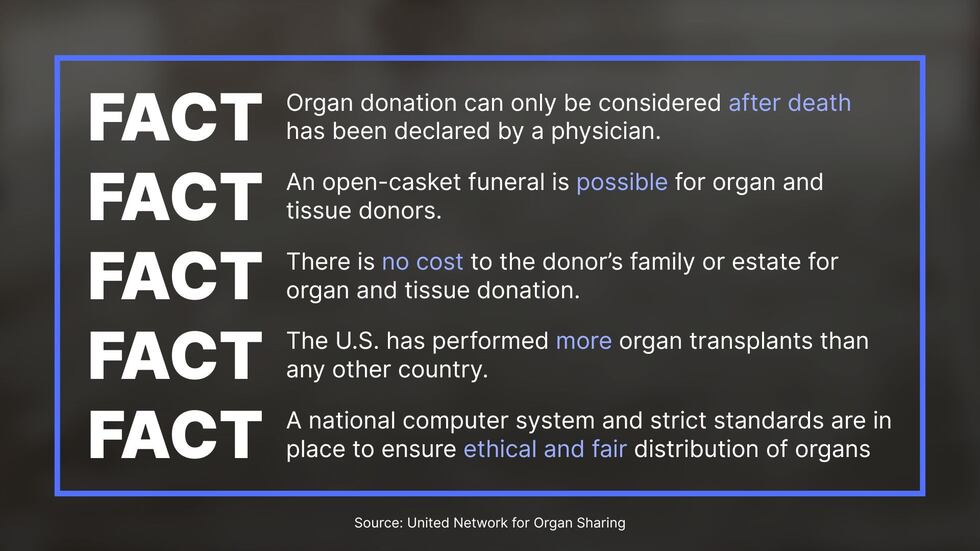
Sullivan says Xander’s liver came from a child who passed. A family, in likely the hardest time of their life, chose to help save others.
“I would just give them the biggest hug and tell them I’m sorry for everything they went through, but also let them know how thankful everyone on the other side is knowing another life is saved. Their child or person will live through them forever,” Sullivan said.
“Do we have an opportunity to give life, maybe not just to one person, but to multiple people, whether that’s with a heart, liver, kidney tissue or a combination of all of them,” Dr. Fischer said. “It’s something that can take a situation which is so terrible for a particular family. Maybe especially in an unexpected death of a loved one, and turn it into a positive.”
April is National Donate Life Month, with the last week dedicated to ending pediatric transplant wait lists. If you’d like to sign up to become an organ donor, click here.
Click here to view more KCTV5 News Special Reports
Copyright 2025 KCTV. All rights reserved.

